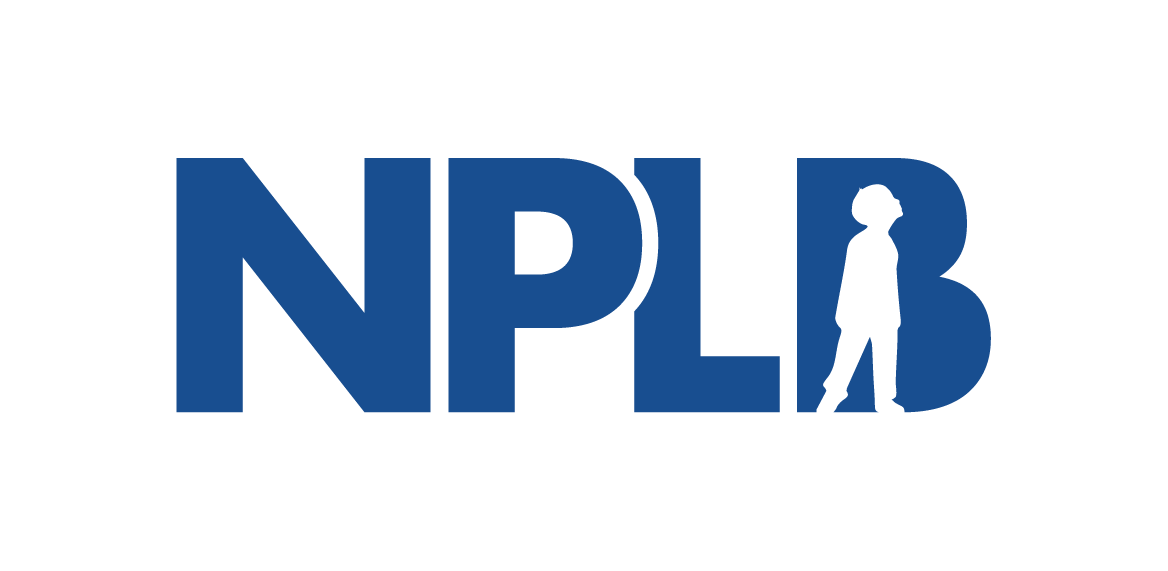Public Comment: Protect patients when implementing the price setting provisions of the Inflation Reduction Act
No Patient Left Behind (NPLB) wrote to the Centers for Medicare and Medicaid services (CMS) urging fixes to its plan for implementation of the Inflation Reduction Act. NPLB suggested fixes that will lower out-of-pocket costs for beneficiaries and protect small molecule innovation.
Recommendations to improve IRA:
Small molecule parity
We urge the administration to work to limit IRA’s harmful impact on new small molecule R&D by initiating negotiation of New Drug Application (NDA) path therapies 13 years after Food and Drug Administration (FDA) approval. NPLB’s presentation, “How IRA makes new small molecule R&D uninvestable”, lays out in detail with specific examples from development stage biotech CEOs and patient advocates of how IRA’s penalty against new drug application treatments vs. biologics license application treatments (NDAs vs. BLAs) will result in fewer new therapies, particularly a meaningful reduction in oncology treatments. By prioritizing R&D in physician-administered shots over self-administered pills, IRA also will result in higher costs to patients, employers, and the federal government, which likely will miss out on significant future savings and lower out-of-pocket costs achieved through the proven market competition and reliable interchangeability of abbreviated new drug application (ANDA) “generic” therapies. For Medicare beneficiaries, the IRA incentivizing BLAs over NDAs also means that many future therapies will be covered by Medicare Part B that lacks IRA’s new $2000 annual catastrophic out-of-pocket cost limit.
Incorporate Generalized Cost-effectiveness Analysis (GCEA) Methodologies
When determining the value of an innovative medicine during the price-setting process, CMS should not rely on faulty and outdated math used by foreign governments, the Institute for Clinical and Economic Review (ICER), and vertically integrated U.S. health plans. These entities use traditional CEA math to deny patients access to innovative medicines via lack of coverage or unreasonably high out-of-pocket costs that health economists know deter patient access to prescribed treatments. Traditional CEA models purposefully omit real-world values of medicine impactful to patients, their families, and society. For example, ICER’s faulty and outdated math does not include simple, demonstrable values, and basic facts, such as that medicines go generic, the likelihood of therapeutic competition, population changes, that caregivers and spouses are liberated and increase productivity when a patient gets better, and that medicines reduce risk for everyone worried about getting sick, incapacitated, or killed by a horrible condition. Furthermore, ICER’s outdated methodology stubbornly relies on a 3% discount rate when even the U.S. Office of Management & Budget is proposing economists use a 1.7% discount rate to determine the future value of innovations.
Please take the time to consider incorporating elements from this updated value “flower” in your health technology assessment calculations. It highlights which limited factors traditional CEAs use, the calculable values that updated CEAs could easily take into account today, and what additional values stakeholders should consider using in the future. The differentiation between traditional CEA and updated GCEA math also is explained via this brief animation.
Low or no beneficiary cost-sharing for government negotiated drugs
It is vital that CMS implements the law so that beneficiaries, not vertically integrated health plans and their sister organizations, benefit from a government price negotiation process that effectively transforms patent protected therapies into functionally generic government price set commodities. CMS has both the legislative requirement and strategic expertise in the negotiation process to require Medicare Advantage (MA), MA-PD plans, and Pharmacy Benefit Managers (PBMs) that take advantage of government negotiated prices to meaningfully lower both Part D and Part B beneficiaries’ out-of-pocket costs.
Requiring government “negotiated” savings be passed on to beneficiaries in the form of low or no out-of-pocket costs similar to how plans treat generic therapies is necessary to maximize the IRA’s benefits to Part D beneficiaries. For example, the Kaiser Family Foundation reported that “most Part D enrollees pay less than $10 for generic drugs, but many pay $40-$100 (or coinsurance of 40%-50%) for brand-name drugs.” The IRA will not fulfill both its legislative requirement and intended impact unless CMS contractually assures manufacturers and requires MA plans to similarly limit beneficiary out-of-pocket costs to less than $10 at Tier 1 copayments for all government negotiated drugs.
Similarly for Part B, while there is a 20% coinsurance limit per service, beneficiaries lack a catastrophic out-of- pocket cost cap. CMS should contractually require purchasers of Part B services that benefit from IRA’s new government negotiation process to charge no coinsurance or copayments in order to ensure that beneficiaries see commensurate out-of-pocket savings due to government intervention and price-setting.

